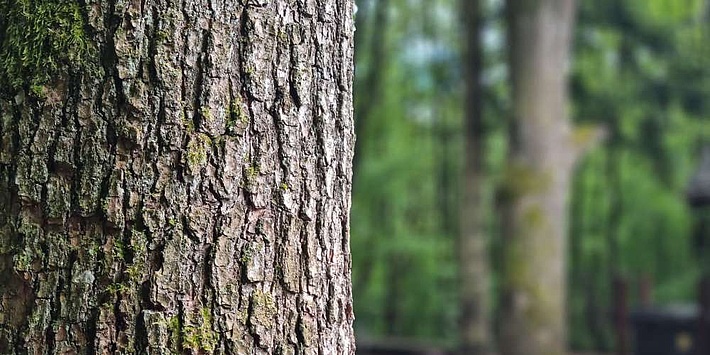
Climate-friendly fuel
Did you know that wood is CO2-neutral?
The reason is, that trees store CO2 as they grow and then release the same amount of CO2 when they die. This is the natural cycle that happens when trees decompose in nature.
When the wood is burned
When burning the wood, the wood releases the same amount of CO2 as it would have done in nature – neither more nor less (source 1).
There is a very big difference in how well the firewood is utilised. An open fireplace might only use 10-15% of the wood's energy (source 2), while an environmentally approved wood-burning stove or pellet stove with an efficient combustion provides heat equivalent to 75-88% of the wood's energy. Meaning, that with a modern stove, you need less firewood to get the same heat.
You can also ensure the lowest possible particle emission yourself by firing correctly. That is, with a modern wood or pellet stove, and the recommended type of firewood, lighting method, air supply, chimney draft, etc.
A climate-friendlier heat source
Burning wood is climate-friendlier compared to other heat sources such as oil, electricity, and gas. If you use your wood-burning stove as a supplementary heat source, you can reduce the CO2- emissions. Calculate your CO2 reduction here.
Sustainable forestry
When talking about wood as a climate-friendly fuel, certain conditions should be considered:
- That more trees are planted than cut down. When there is a growth of forest, wood is considered a renewable energy source. In the Western world, far more trees are planted than cut down (source 3).
- A sustainable forestry. This means, that the cutting takes place continuously and to a degree where only the excess wood is harvested without reducing the ongoing growth of trees and the CO2 storage in the forest (source 3).
Fuelwood is produced from ”wood waste”
Forests are not cut only to produce biofuel. In production forests, the trees are primarily cut for timber, which are used for furniture, paper and building materials, among other things. The waste from this production is then used for biofuel. This is a sustainable way of producing firewood, wood pellets, and other fuelwood because you make best possible use of the resources (source 1).
Sources (in Danish):
1) The University of Copenhagen
2) The book "Brænde" by Lars Mytting
3) DAPO (The Association of Danish Suppliers of Fireplaces and Wood-burning Stoves)

 Dansk
Dansk Deutsch
Deutsch English
English Français
Français Dutch
Dutch Norsk
Norsk Suomi
Suomi Svenska
Svenska Español
Español Italiano
Italiano